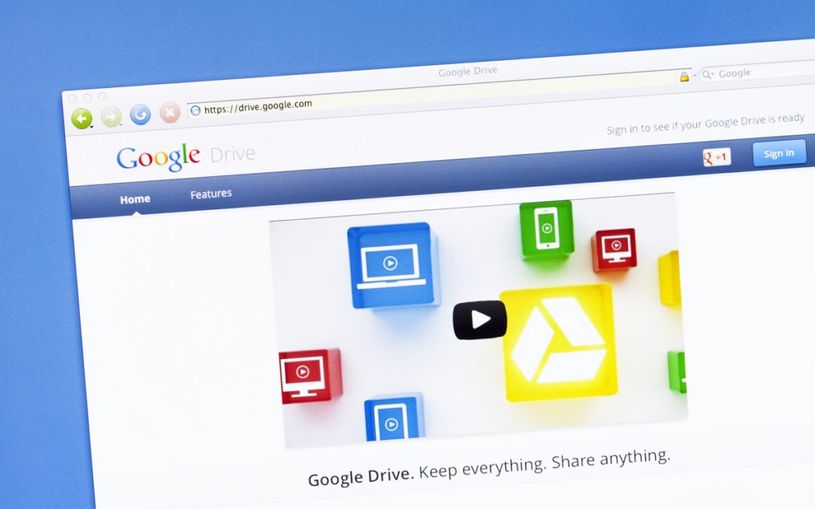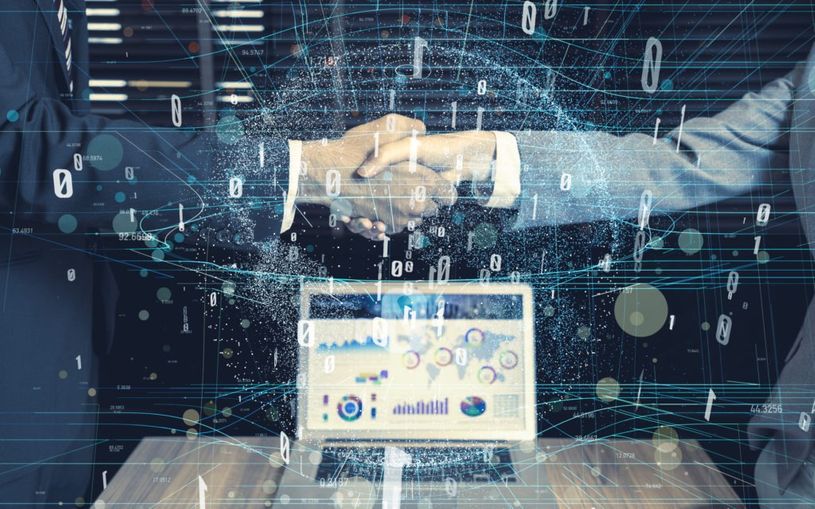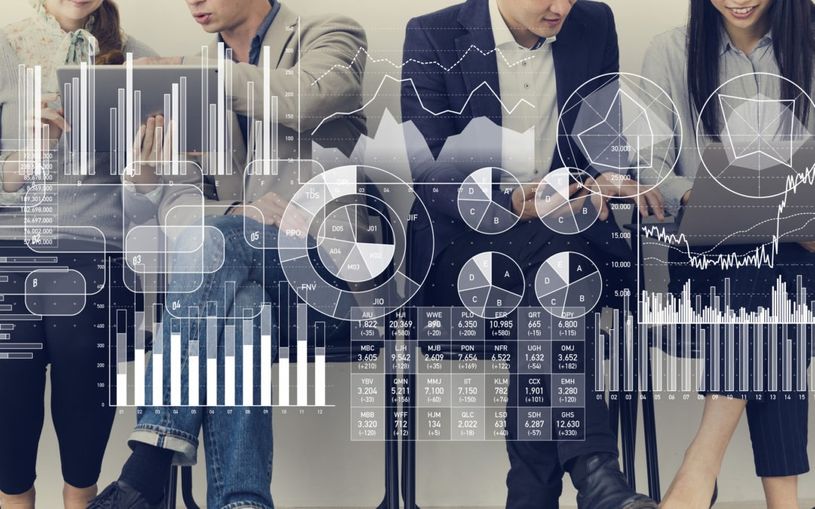
6 Ways SmartRoom Can Secure Your Remote Workforce and Boost Productivity
COVID-19 has already disrupted work for millions around the world. Major companies such as Twitter, Google, Microsoft, Amazon, and Facebook have all instructed employees to work remotely, and it’s likely many more will follow suit within the coming weeks now that the World Health Organization has officially declared the outbreak a Pandemic.
Keeping employees healthy and productive should be your top priorities, so it is important to start planning how your company might respond should there be a more widespread outbreak. That plan should include what systems you’ll need to support remote work. If you don’t currently have tools in place, now is the time to start evaluating solutions. Whatever technology you choose, it’s vital it both connects AND protects employees and data.
When choosing a content management and collaboration platform, it’s important you chose a solution built specifically for the enterprise. Platforms like SmartRoom enables employees to securely share and collaborate on content both internally and externally – from anywhere. Unlike consumer file sharing tools, SmartRoom’s multi-layered security combines the highest level of encryption and infrastructure protection, ensuring content is secure no matter where it resides.
SmartRoom boasts a number of features that not only ensures maximum data security, but also accelerates productivity in the remote work setting. With SmartRoom, employers can:
Customize security settings to control content accessibility
Having data stored and organized in a centralized platform streamlines content management, but what happens when you need to restrict user or teams’ accessibility to particular documents? With SmartRoom, administrators can create custom security profiles to control any individual, team, or 3rd party’s accessibility. Restrictions include view, print, save, and modify rights right down to the document level.
Enable access to content from the desktop- even while offline
Wireless and network accessibility can be a limitation to working remotely. Employee’s at-home Internet service may not be reliable- something your IT department cannot control. A poor connection can dramatically slow down an employee’s workflow and decrease productivity. SmartRoom addresses this challenge with its desktop application, SmartDrive. Employees can access and work with SmartRoom content from their desktop in native applications, even while offline. Users can edit and collaborate on files without the fear of losing information as file versions are automatically created on every “save” and synced in the cloud once they come back online. Access to content is maintained by SmartRoom security profiles so company are able control of a user’s view, print, save, and modify rights.
Control corporate content from employee owned devices
Many employees work from office desktops and don’t have corporate issued laptops, posing a serious dilemma for companies. Purchasing laptops for employees can be costly and even wasteful if they are not needed long term. On the other hand, allowing employees to work from their own devices is a security disaster waiting to happen. Luckily, SmartLock an information rights application included with SmartRoom, solves this dilemma by extending content security beyond the SmartRoom environment. Employers can control access rights even after documents have been downloaded to personal devices. Administrators can customize security rights to allow or restrict editing, print, copy/paste or screen captures. They can also schedule content expiration dates in advanced or manually revoke access at any time. All user and data activity are tracked and audited, so organizations continue to exercise complete control over information.
Access content on the go from anywhere
Mobile Accessibility is essential to any remote work force. The SmartRoom Mobile app extends the content management experience to employees’ mobile devices so they can securely share and manage content on the go from anywhere. Developed for maximum efficiency, it provides end users secure access to real-time data, as well as allowing administrators the ability to control access rights.
Share & collaborate on content with 3rd Parties
Working remotely eliminates the ability to communicate and collaborate in person – a luxury we often take for granted. Having an easy way to securely share content with teams and 3rd parties in real-time is essential to maintaining productivity. SmartShare allows users to share content through a secure link, while maintaining complete reporting. SmartRoom also offers messaging capabilities that allows teams to collaborate back and forth on content in real-time.
Microsoft Office Online accessibility for all
Microsoft Office applications like Word and Excel are essential to virtually every business, but employees might not have these programs on their personal devices. Fortunately, Office Online is integrated into SmartRoom, so users can create and edit documents within the data room. Changes are saved in real-time, ensuring teams always have the most up-to-date information available.
Don’t wait until it’s too late! With a detailed plan and tools in place, you can be prepared to implement a remote work strategy that has minimal impact on productivity and bottom line.




